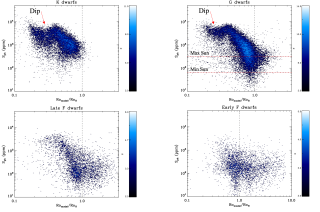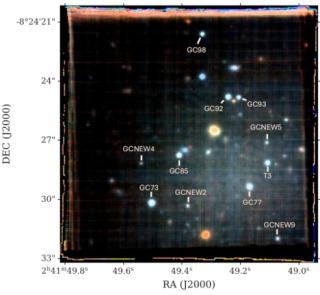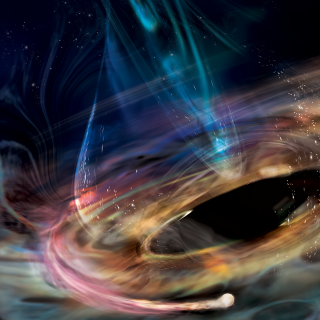Radioastronomy is one of the branches of observational astrophysics which has experienced considerable growth in recent years. To study the universe at radio frequencies specific instruments: radiotelescopes, are designed. Among the most powerful is the ALMA telescope array in the Atacama Desert (Chile) and in the near future we will see the building of the Square Kilometre Array (SKA) in Australia and South Africa. Raffaella Morganti, a Senior Astronomer at ASTRON and Professor of Astronomy at the Kapteyn Institute of the University of Groningen in the Netherlands, has worked on these and several other projects. In 2013, Morganti won an ERC Advanced Grant, one of the most prestigious grants awarded by the European Science Foundation to work on the project RadioLife in which scientists from a number of countries participated. The goal of this project, which ended in 2018, was to explore the role than the feedback from active nuclei, and specifically those with strong radio emission, plays in the evolution of galaxies. Recently, this expert on radiogalaxies and a person of reference regarding their structure and evolution, has been visiting the Instituto de Astrofísica de Canarias (IAC) to give a colloquium and to work with the astrophysicist Cristina Ramos Almeida.
QUESTION. You were awarded an ERC Advanced Grant. What did it mean for you and your team to be able to work via this prestigious research grant?
REPLY. I was proud to win this funding for my research, because the aim was to observe using a combination of radiotelescopes in order to study, analyse and understand radiogalaxies. The work of the seven researchers we could pay for the analysis and management of the data was essential to bring the project to completion. We analysed in detail the radio emission from active galaxies and at the same time we studied the behaviour of the neutral gas immediately around the black holes.
P. What are the coming challenges in the field of radioastronomy?
R. We must be aware that radioastronomy is a field which is continuously evolving, and at a rapid rate. Today they are building new telescopes to make technological advances in this field, to be able to observe different types of objects within the universe which emit at radio wavelengths, from stars to gas. This implies that we need a lot of information to study and analyse, which in turn means that the new challenges depend greatly on the specific field in which you work. In our project we are aiming to understand how the nuclear activity in a galaxy develops. We know that this activity, in the radio range, begins, evolves, and dies out. But the activity can revive and emerge again. We do not know how this process occurs, and it is one of the questions we are trying to answer.
P. What do you think about the collaboration in the Event Horizon Telescope (EHT) which produced the first image of a black hole?
R. Social cohesion and the sense of community present in the research team were very important for the EHT. This mad the collaboration strong, and gave the work higher quality. I think that this is very important for good teamwork.
The first image of a black hole was an important milestone in astrophysics, and specifically for radioastronomy. In my own field this meant obtaining new data and records for analysis, as well as the possibility to study the energetic jet which a black hole produces initially. This idea is especially important for my field of research.
P. You are participating in the development of the SKA radiotelescope array. What are the questions which it addresses?
R. Thanks to the construction of the SKA we will be able to study the neutral gas which feeds the nuclear black holes and keeps them active. What we expect from this technical development is to be able to study the large quantities of gas in the immediate neighbourhood of these black holes.
P. How has ALMA contributed to our understanding of how galaxies evolve?
R. ALMA has allowed us to make the technical leap, which we needed to understand better what happens to the molecular gas in the central regions of galaxies. This gas is affected by the activity produced by the black hole. Thanks to ALMA we can detect the effects, which take place when a jet of energy or a wind is produced. In my research ALMA lets me obtain, in a few hours, high quality data, which means that we can see the effect of the activity produced by the supermassive black holes, and know the degree of importance of this effect for the evolution of a galaxies and for the properties of the gas.
P. You are collaborating with Cristina Ramos, a researcher at the IAC. What is the percentage of women researchers in astrophysics?
R. On a world scale the situation varies from country to country. At present more and more women are entering science. It is still true that each time you go to a higher level on the professional scale the percentage of women in high positions is less, and this situation needs improvement. However, from my point of view, the percentage of women research is not too bad, and will keep on improving with time.



